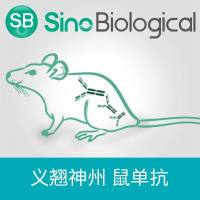Small Animal Surgical and Histological Procedures for Characterizing the Performance of Tissue-Engineered Bone Grafts
互联网
345
Developing effective tissue-engineered constructs for bone regeneration requires careful assessment of the in vivo bone response to novel biomaterials, scaffold architectures, and biologically augmented, tissue-engineered constructs. Both the implant material and scaffold architecture are known to significantly effect the local tissue response (1 –3 ). Consequently, in characterizing the performance of new bone implants, it is prudent to establish material-dependent and scaffold-architecture-dependent bone-growth phenomena, in addition to the effect of biological augmentation, e.g., preseeded cells, growth factors, and cell-attachment proteins. Here we describe rabbit transcortical pin and trephine defect models, which, in combination, yield a method to investigate such variables on bone regeneration. The necessary histological and histomorphometry procedures are also detailed.









